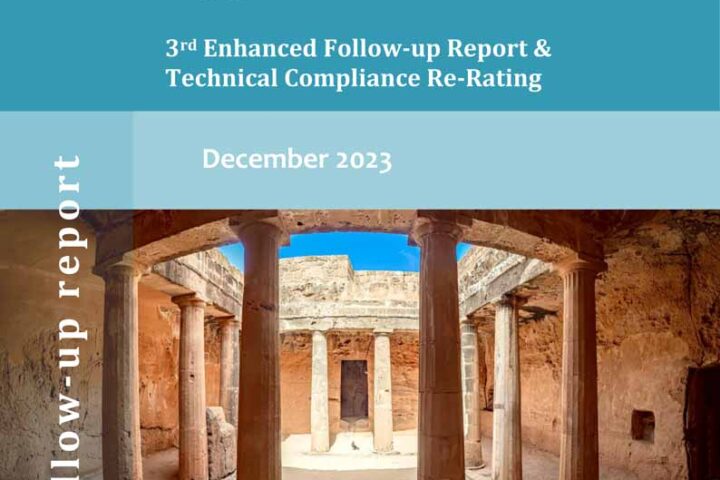Just over EUR 1 billion will be needed from bilateral donors to help fund a solution to the Cyprus problem, according to new research by the renowned team of “three ladies”, Praxoula Antoniadou-Kyriacou, Özlem OÄ?uz and Fiona Mullen.
The report, entitled, “The Day After II: Reconstructing a Reunited Cyprus”, was published on January 29th 2009 by the Cyprus Centre of the International Peace Research Institute, Oslo (PRIO), and funded by the British High Commission.
The opening address was given by the UN Secretary-General’s Special Representative in Cyprus, Mr Tayé-Brook Zerihoun.
The Day After II is a follow-up to the study by the same all-female team published in March 2008, entitled “The Day After: Commercial Opportunities Following a Solution to the Cyprus Problem”. This first report is now available in Greek and Turkish.
In this new report, the Cyprus-based economists do not aim to propose any specific solution to the Cyprus problem. Rather, by examining a range of scenaria, they attempt to answer three key questions: “How much will the solution cost? How can it be financed? What will be the impact on jobs and growth?”
In order to answer these questions, the authors first examine four different scenaria to estimate the amount of new housing, renovation and infrastructure investment by the public and private sectors that will arise as a result of a settlement. They focus their examination on investment that will be necessary to implement a solution, rather than on other, longer-term development goals.
They conclude that essential new housing, renovation and infrastructure investment by both the public and private sector could amount to EUR 7.2 billion over five years. Spending by the public sector would amount to EUR 4.3 billion, while spending by the private sector would amount to EUR 2.9 billion. For the purposes of their financing forecast, they also make a rough estimate of property compensation, although in practice this will depend greatly on the details of the property settlement.
In order to assess whether this kind of expenditure is affordable, the authors study a wide variety of domestic and international sources of financing. The authors find that non-refundable grants from the European Union could amount to more than EUR 600 million, if Cyprus is re-defined for funding purposes as at least two statistical regions. Nevertheless, even with substantial input from the European Union, as well as from domestic and international markets, there is a shortfall of just over EUR 1 billion, which would need to be filled by international bilateral donors.
Investing in the day after should not only be seen as a cost. In this second Day After report, the authors extend their analysis to the whole economy. They find that the construction boom that a solution would entail, the boost to manufacturing of producing construction materials, together with the impact of a settlement on tourism, transport, higher education, and financial and business services, would raise the real GDP growth rate by 3 percentage points in the first five years, creating more than 33,000 jobs.
The positive economic benefits of the reconstruction boom will be considerable, with very long-lasting effects that will benefit all Cypriots in all parts of the island.







